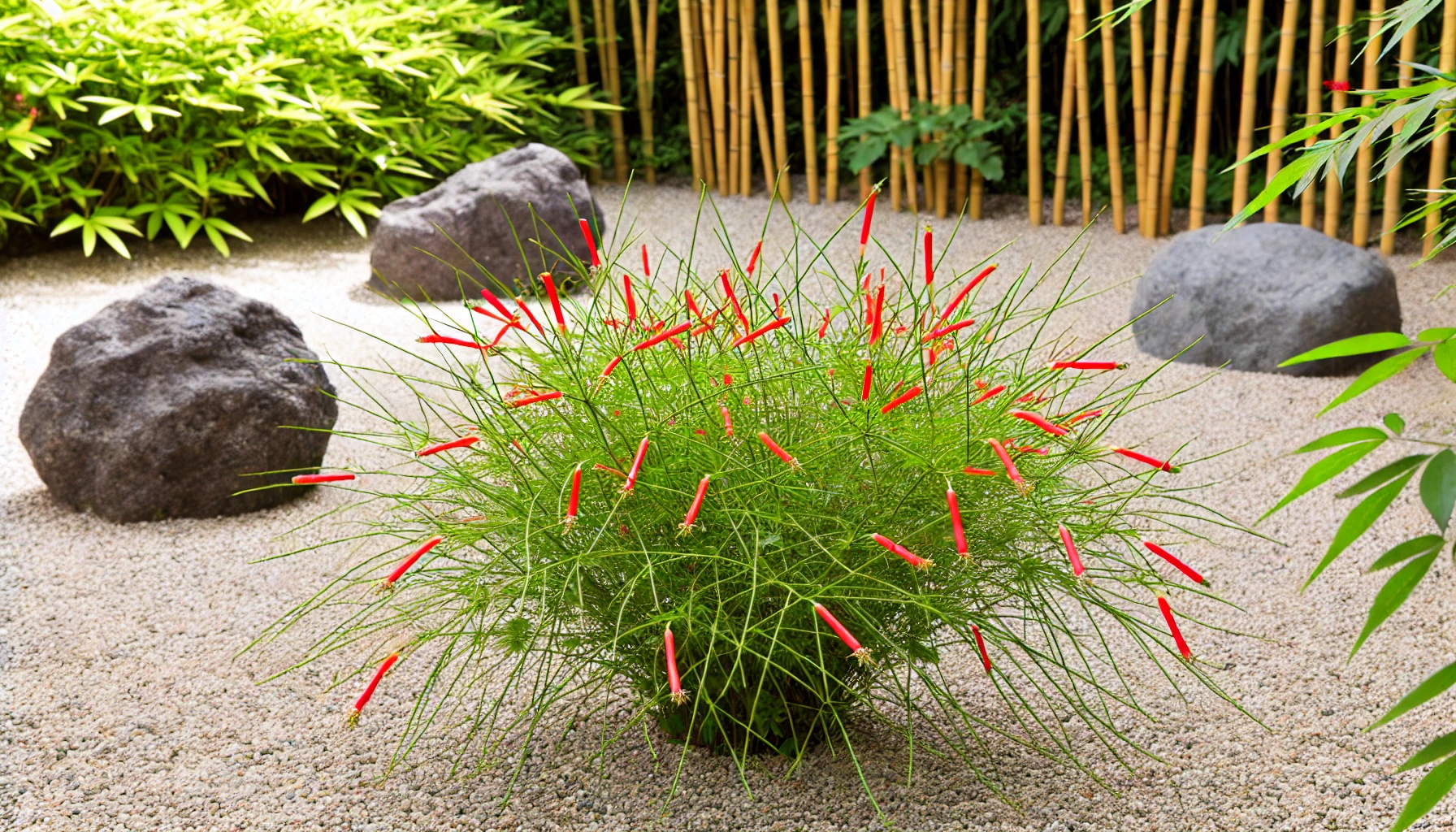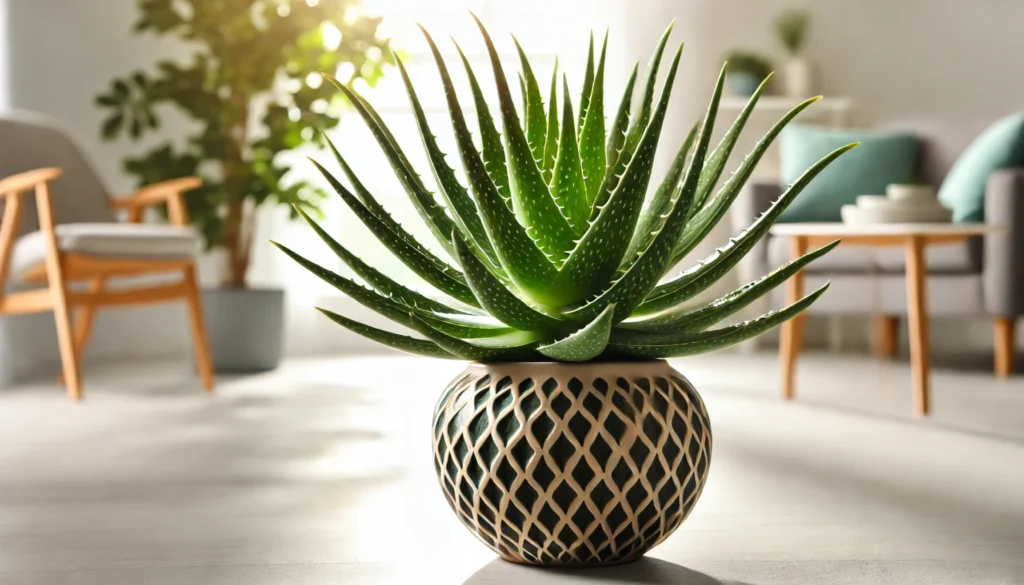
The Firecracker Plant, formally known as Russelia equisetiformis, is a stunning perennial that dazzles with its bright, tubular red flowers. This plant can reach a height of 3-4 feet (0.9-1.2 meters) and spreads about 3-5 feet (0.9-1.5 meters) wide, making it an excellent choice for adding vibrant color to your garden or patio.
The Origins and Ideal Growing Conditions of Firecracker Plant
Native to Mexico and Guatemala, the Firecracker Plant thrives in warm, tropical climates and has become a popular ornamental plant in gardens worldwide. It’s well-suited to outdoor settings where it can enjoy full sun, but it can also tolerate partial shade. This plant prefers well-drained, sandy soil and thrives in temperatures ranging from 65-85°F (18-29°C). Although it’s relatively drought-tolerant, consistent watering will encourage the best blooms.
Firecracker Plant and Pet Safety: What You Need to Know
The Firecracker Plant is not known to be toxic to pets, making it a safer option for gardens where pets roam freely. However, it’s always wise to monitor pets around new plants, especially if they are prone to chewing on foliage.
Pet-Safe Alternatives for Vibrant Gardens
If you’re still concerned about pet safety, other vibrant, pet-safe alternatives include the Scarlet Sage (Salvia splendens) or the Butterfly Bush (Buddleja spp.), both of which offer striking flowers without any toxicity concerns.
Best Practices for Caring for Firecracker Plant
The Firecracker Plant is relatively low-maintenance and thrives with some basic care. Pruning after blooming helps maintain its shape and encourages new growth, while regular feeding with a balanced fertilizer will keep it healthy and blooming.
Watering and Humidity
Water your Firecracker Plant regularly, especially during dry periods, to keep the soil consistently moist but not waterlogged. It enjoys moderate to high humidity, so misting the plant or placing it near other plants can help create a more humid environment if needed.
Soil, Light, and Temperature
Plant your Firecracker Plant in well-drained, sandy soil that’s slightly acidic to neutral. The plant thrives in full sun, which enhances its vibrant blooms, but it can also tolerate partial shade. Ideal temperatures range from 65-85°F (18-29°C), but the plant can handle cooler temperatures down to 40°F (4°C) for short periods if necessary.
Common Problems and Remedies
Although the Firecracker Plant is robust, it can face issues like root rot if overwatered or if the soil doesn’t drain well. To prevent this, ensure the soil is well-drained and avoid overwatering. Pests like aphids and spider mites may occasionally appear, but they can be controlled with insecticidal soap or neem oil.
Invasiveness: Is Firecracker Plant a Concern?
The Firecracker Plant is not considered invasive in most regions. However, in tropical and subtropical areas where conditions are ideal, it can spread quickly. If you’re concerned about potential invasiveness, consider planting it in containers or choose non-invasive alternatives like the Mexican Bush Sage (Salvia leucantha).
Propagation and Benefits of Firecracker Plant
Firecracker Plants can be easily propagated through stem cuttings, making it easy to share with friends or expand your garden. Apart from its stunning appearance, this plant is known to attract hummingbirds and butterflies, adding dynamic movement and life to your garden.
Final Thoughts
The Firecracker Plant is a vibrant and easy-to-care-for addition to any garden. Its bright red flowers and feathery foliage create a striking visual impact, while its non-toxic nature makes it a safe choice for gardens with pets. With proper care and attention, this plant will reward you with its dazzling blooms and lively visitors throughout the growing season.



